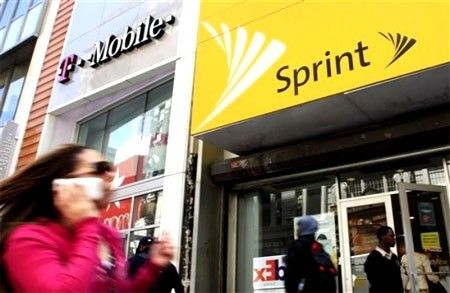Sprint’s Push-To-Talk Goes Broadband

Sprint's push-to-talk technology is not dead yet, according to the Overland Park, Kan.-based company.
Push-to-talk was a signature technology of Nextel, which introduced it in 1993. (Nextel was bought by Sprint in 2004). While a number of carriers offer the feature with their handsets, the walkie-talkie-like functionality has been overshadowed by smartphones. Push-to-talk was popular with some users becuase it didn't use up cellular airtime minutes.
Sprint announced that in the fourth quarter it will launch its push-to-talk capabilities on the company's 4G enabled CDMA network on a number of handsets from both Motorola and Kyocera.
The new phones will include typical smartphone features such as touch screens with the Android operating system, high-speed data access, high-resolution cameras and Bluetooth functionality. It will also come with enhanced push-to-talk, called Direct Connect by Sprint.
Sprint says it will expand the areas in which push-to-talk will be available. The company plans to increase the footprint to nearly 2.7 million square miles and cover a population of 309 million.
Since the acquisition of Nextel, Sprint has released a number of push-to-talk capable phones, but they have been on the integrated enhanced digital network (iDEN), originally developed by Motorola. Sprint is taking the push-to-talk walkie talkie capabilities on its own broadband network.
Our customers are asking for broadband push-to-talk now, said Paget Alves, president-Sprint Business, in a statement. We've seen steadily increasing demand for faster data speeds, better and broader coverage, and more applications on push-to-talk devices. Sprint Direct Connect is designed to solve for all three, and is expected to come with sub-second push-to-talk call set-up time initially in Sprint CDMA RevA coverage areas.
© Copyright IBTimes 2024. All rights reserved.





















